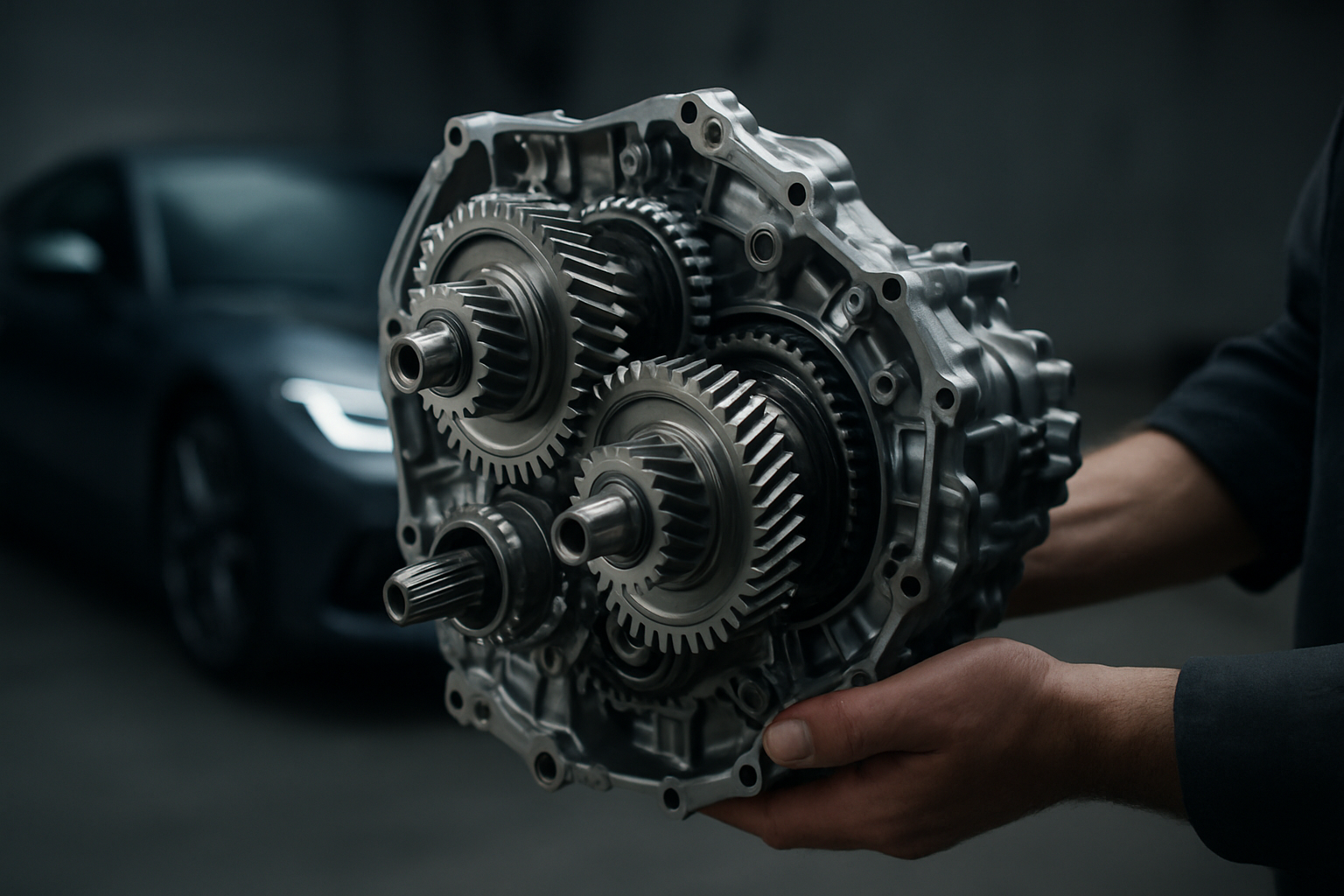Decoding the Secrets of Automotive Forging: Building Strength from Within
The art of automotive forging is a marvel of engineering that lies hidden beneath the sleek exteriors of high-performance vehicles. This intricate process, pivotal in crafting critical components, is the unsung hero of automotive strength and durability. But what exactly makes forged parts superior, and how does this ancient metalworking technique continue to shape the future of automotive engineering?

The Fundamentals of Automotive Forging
At its core, automotive forging is the process of shaping metal using localized compressive forces. Unlike casting, where metal is melted and poured into a mold, forging involves the strategic application of pressure to solid metal, typically heated to a malleable state. This process aligns the metal’s grain structure, enhancing its strength and durability far beyond what casting can achieve.
The forging process begins with raw metal, often in the form of billets or ingots. These are heated to temperatures that can exceed 2000°F, making the metal pliable but not liquid. The heated metal is then placed into a die and subjected to immense pressure, often through hydraulic presses capable of exerting forces measured in thousands of tons.
The Strength Advantage of Forged Components
Forged parts exhibit superior strength-to-weight ratios compared to their cast or machined counterparts. This is due to the realignment of the metal’s grain structure during the forging process. As the metal is compressed, its internal grain flows and conforms to the shape of the die, creating a continuous, unbroken grain pattern that follows the contours of the part.
This aligned grain structure results in components that are stronger, more ductile, and more resistant to fatigue and impact. For high-stress automotive applications, such as connecting rods, crankshafts, and wheel hubs, these properties are crucial. Forged parts can withstand higher loads, perform more consistently under extreme conditions, and often have longer service lives than components made through other manufacturing methods.
Precision in Power: Advanced Forging Techniques
Modern automotive forging has evolved far beyond the simple hammer-and-anvil approach of ancient blacksmiths. Today’s forging processes employ sophisticated techniques that allow for unprecedented precision and complexity in part design.
One such technique is isothermal forging, where the die and the workpiece are maintained at the same high temperature throughout the forging process. This allows for more precise control over metal flow and can produce near-net-shape parts that require minimal finishing. Another innovation is precision forging, which uses highly accurate dies and controlled forging parameters to create parts that are so close to their final dimensions that they require little to no machining afterward.
The Role of Materials Science in Forging
The science of metallurgy plays a crucial role in automotive forging. Engineers must carefully select alloys that not only possess the desired mechanical properties but also respond well to the forging process. Common materials in automotive forging include various grades of steel, aluminum alloys, and even exotic materials like titanium for high-end applications.
Recent advancements in materials science have led to the development of new alloys specifically designed for forging. These materials offer improved formability during the forging process while maintaining or enhancing the strength and durability of the finished component. Some cutting-edge alloys even incorporate nanostructures that provide additional benefits like increased wear resistance or improved heat dissipation.
From Forge to Road: Quality Control and Testing
The journey of a forged automotive component doesn’t end when it leaves the press. Rigorous quality control measures are essential to ensure that each part meets the exacting standards required for automotive use. Non-destructive testing methods, such as ultrasonic inspection and X-ray analysis, are used to detect any internal flaws or inconsistencies in the forged parts.
Additionally, manufacturers often employ sophisticated computer simulations to model the forging process and predict potential issues before they occur in real-world production. These simulations can help optimize die design, forging temperatures, and press parameters to produce parts with consistent quality and performance characteristics.
The Future of Automotive Forging
As automotive technology continues to advance, so too does the art and science of forging. One emerging trend is the use of hybrid forging processes that combine traditional forging techniques with other manufacturing methods. For example, some manufacturers are exploring the integration of 3D printing technology to create complex preforms that are then finished through forging, allowing for intricate designs that were previously impossible or impractical to forge.
Another area of innovation is in energy efficiency and sustainability. New forging techniques are being developed that require less heat and energy, reducing the carbon footprint of the manufacturing process. Some companies are also experimenting with recycled materials and closed-loop production systems to minimize waste and improve the overall environmental impact of automotive forging.
In conclusion, automotive forging remains a critical technology in the production of high-performance vehicle components. Its ability to create parts with unparalleled strength, durability, and precision ensures its continued relevance in an industry that demands ever-increasing levels of performance and reliability. As we look to the future, the fusion of traditional forging wisdom with cutting-edge materials science and manufacturing techniques promises to push the boundaries of what’s possible in automotive engineering.





